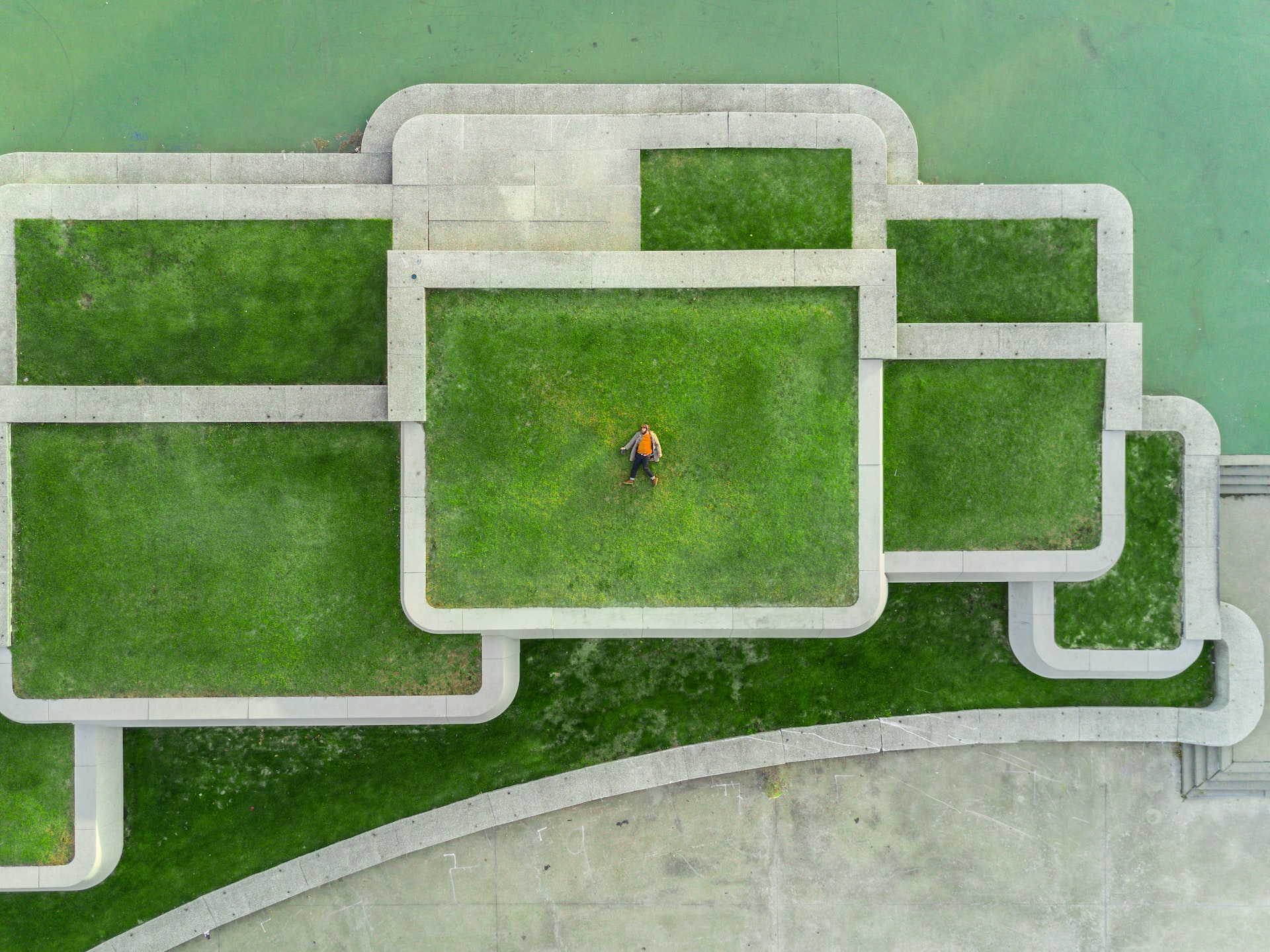Having access to open spaces has long been a need in human settlements. They let people to socialize, get some exercise, and appreciate the outdoors in one convenient location. Yet as the global population rises, metropolitan centers will need to provide housing for more people than ever before. It’s a new challenge for architects and designers to build public places that are both functional for the community and gentle on the planet. This article will discuss how technology, environmentally friendly construction, and artificial intelligence will shape the landscape architecture of the future.
Integrating Tech in Open Spaces
Technological progress has also been crucial to the development of open spaces in the future. Protecting and making more available public areas is a viable goal for the use of smart technology. Smart lighting solutions, for instance, may accomplish both of these goals by lowering energy use and increasing visibility, therefore enhancing security. By using sensor data to determine when plants really need watering, smart irrigation systems assist to reduce water waste.
Likewise, technology may be utilized to design public squares with a focus on community engagement. For instance, augmented reality-based interactive art exhibits offer viewers something completely new and exciting. Immersive experiences, such as virtual nature walks, may be created with VR to help city dwellers feel closer to the natural world.

AI will Help Design Our Spaces
Similarly, artificial intelligence (AI) has emerged as a major player in the planning and design of outdoor areas. Data acquired by sensors may be analyzed by AI to optimize open spaces. Smart irrigation systems collect data that may be analyzed by AI to identify the optimal time and location to water plants depending on aspects like weather and species.
Visitors may have a more memorable and unique experience because to AI’s ability to tailor services to each individual. Interactive maps driven by artificial intelligence, for instance, may propose restaurants and activities tailored to each user.
Future of Parking With the Parksmart Certification
The Green Business Certification Inc. (GBCI) has created a program called “Parksmart” to award parkings that have been developed and run using eco-friendly methods.Parksmart is a program that encourages eco-friendly modes of mobility, energy and water efficiency, and responsible management practices in parking spaces in order to lessen their negative effects on the environment.
In order to show their dedication to sustainability, save expenses, and boost customer satisfaction, parkings may become Parksmart certified. It’s like green building certifications for parking.

Green Buildings and LEED Certification
These days, it’s impossible to design a park or other public place without considering green construction methods. Among the many criteria for environmentally friendly construction, LEED (Leadership in Energy and Environmental Design) certification stands out as a top choice. In other words, the accreditation honors structures and parks that are created with environmental responsibility in mind.
Many sorts of eco-friendly amenities may be found in green areas that have earned the LEED certification. Low-flow irrigation systems, green roofs for stormwater absorption, and solar panels are all examples of how these areas may reduce their environmental impact while while providing useful amenities. In addition to their environmental benefits, these qualities are good for people’s health and the community as a whole.
Interested in learning more about green buildings and how you can become more credible in the field. Watch how you can become LEED accredited in our free training here.



